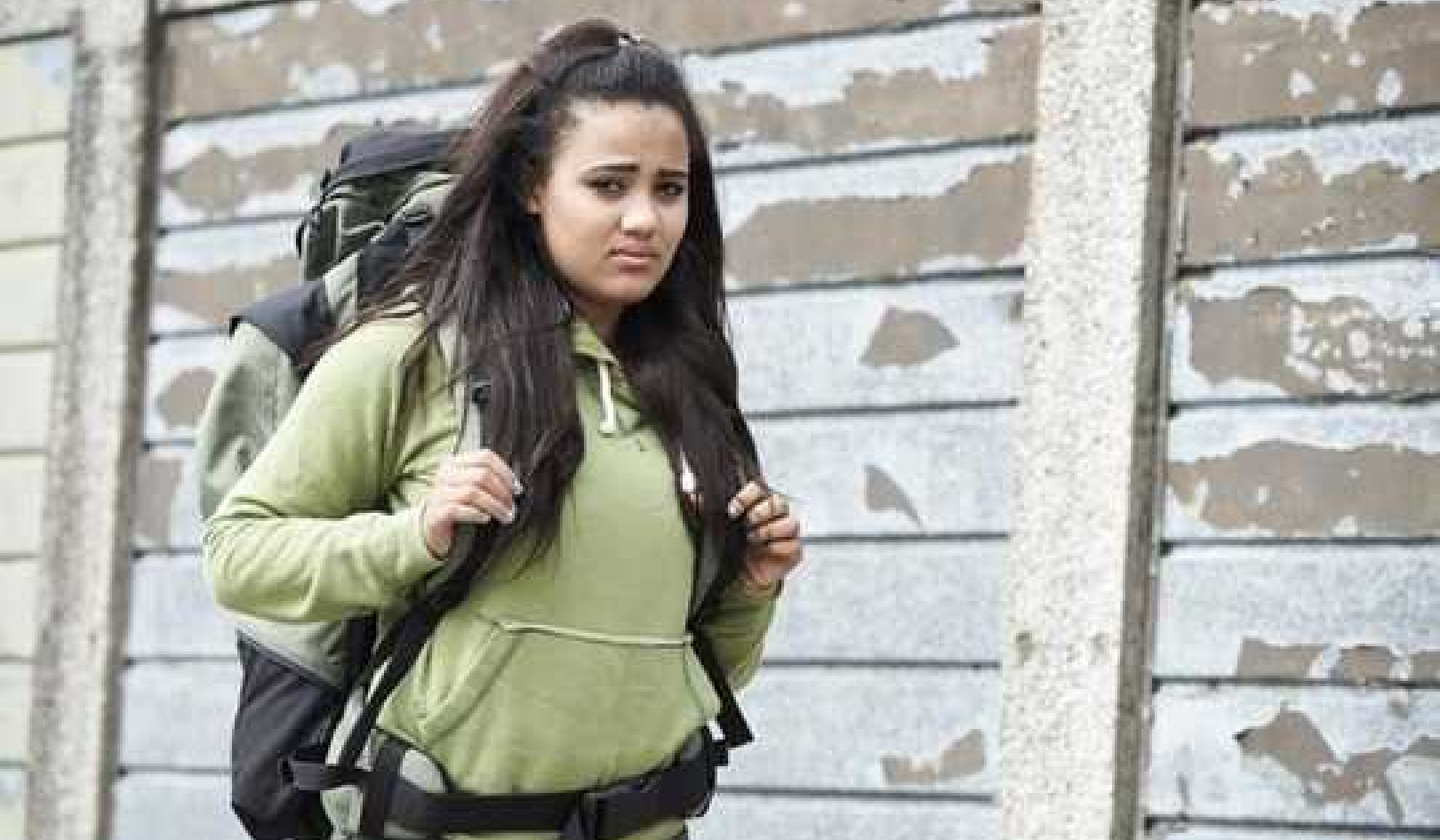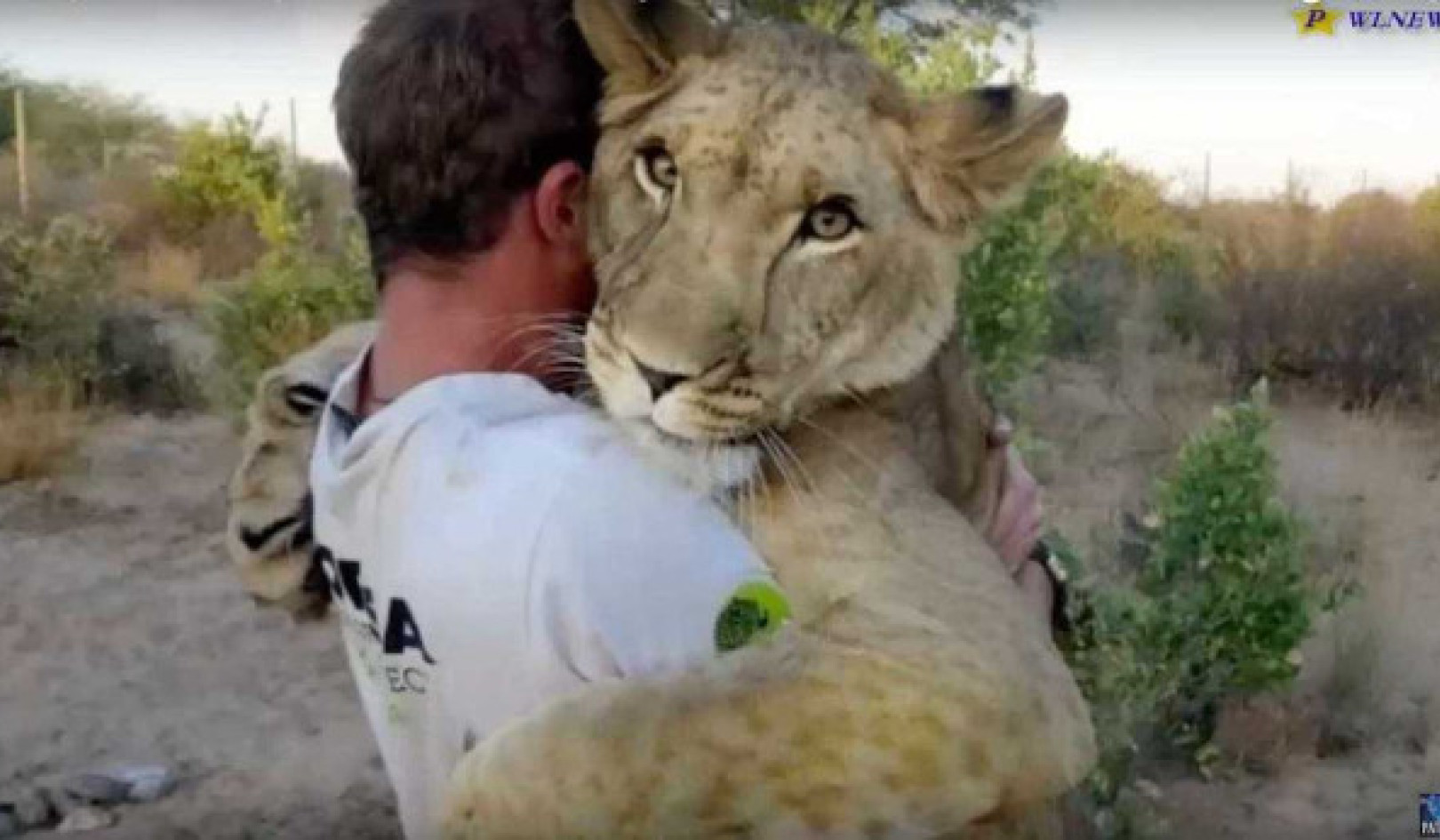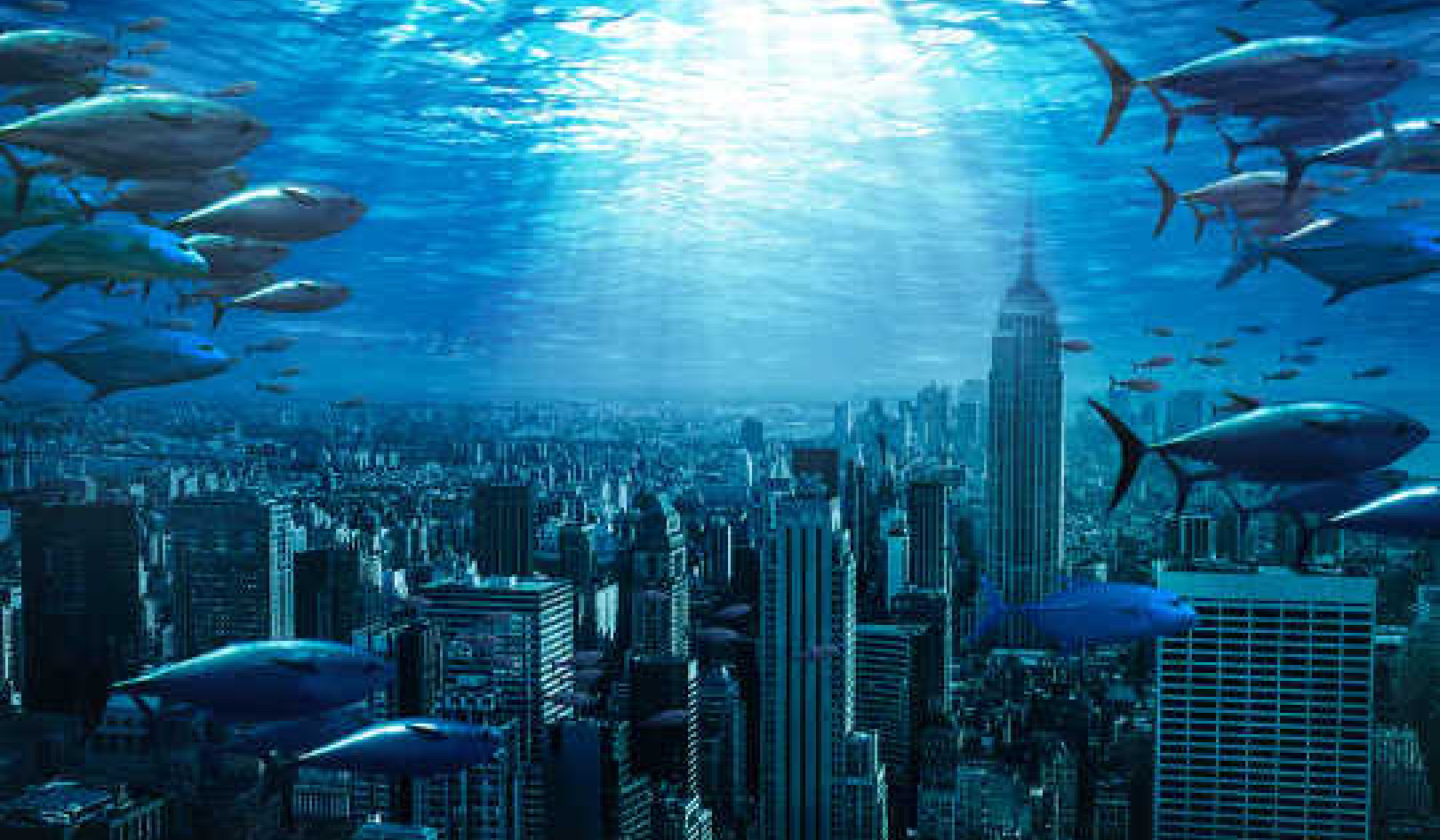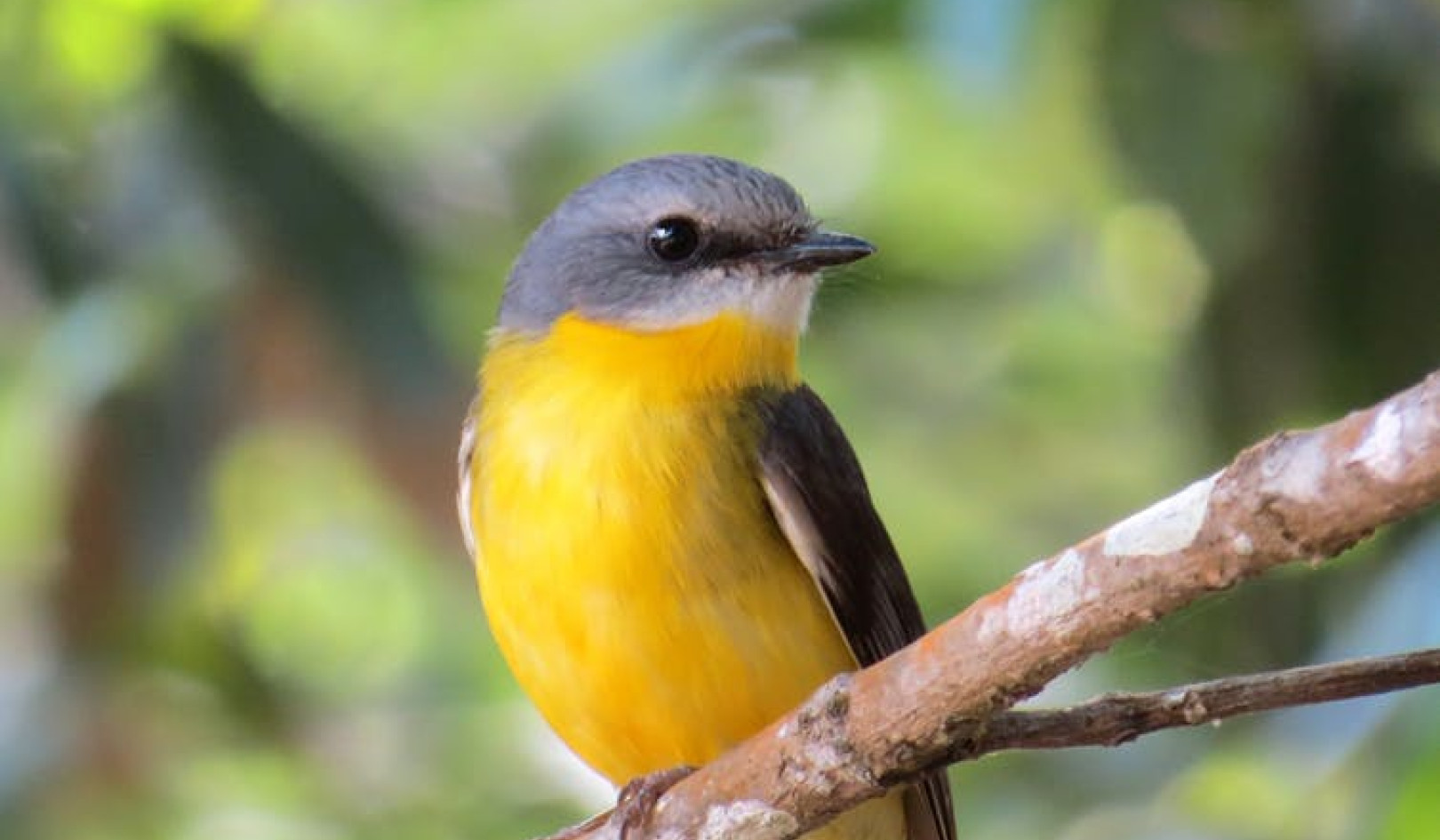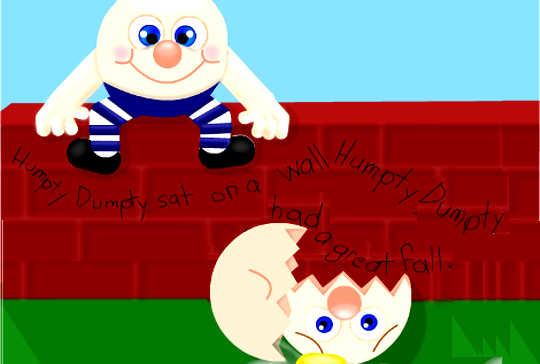
© 2014 Shelly ?•?•? . Licensed under CC-BY.
In the course of our planetary journey we have gone through positive disintegration countless times. The life living through us repeatedly died to old forms and old ways. We know this dying in the splitting of the stars, the cracking open of seeds in the soil, the relinquishment of gills and fins as we crawled onto dry land.
-- Joanna Macy and Molly Young Brown,
Coming Back to Life
The shamans teach us—the indigenous people teach us—once you change the mindset, then it’s pretty easy to have the objective reality change around it.
-- John Perkins, Interview in Yes Magazine
Reconnecting with the Earth is simple. But just as initiations in traditional cultures demand some kind of dismemberment, staying reconnected requires breaking down the walls we’ve built inside and outside of ourselves, toppling old secure structures—as the native prophecies say needs to happen in the world—so that we can replace them with new (for us) configurations. Of course, this must include being on the lookout for collective stupidity in all its guises and consciously unplugging from its insidious reach whenever possible.
Anodea Judith writes:
Breaking the old form is necessary. It creates the fertile ground for a new emergence, much as plowing prepares the soil, or decaying compost fertilizes a garden. But the passage itself—the liminal state between the loss of the old and the beginning of the new—is a frightening and mysterious process. . . .
Breakdown is usually required before breakthrough can occur. . . . We must undo who we think we are and get down to our basic essence in order to build a new structure.
-- Anodea Judith, Waking the Global HeartWaking
Elizabeth Jenkins points out:
If you change your beliefs you have to change your actions. So if we truly began to live from this higher paradigm of harmony with nature, respecting the sacredness of all life and setting the needs of the whole before those of ourselves or our particular group, we would have to endure an ordeal of growth, develop a generosity of spirit, that would test us at every level. . . .
But ahhh, the benefits! Waking up HAPPY every day with a sense of freedom and belonging, knowing I am part of a great and glorious creation, feeling a magnificent life force flowing through me, seeing the world from a perspective that at last made sense to my mind and satisfied my soul.
--- Elizabeth Jenkins, Journey to Q’eros
We can wait for a thousand years, barring a calamity, or we can have it all now. Not by competing but by joining forces—as persons, as professions, as communities, as nations.
-- Marilyn Ferguson, Aquarius Now
Perhaps we humans already know how to build a win-win world where we share the earth equitably and peacefully with each other and with all species.
-- Hazel Henderson, Building a Win-Win World:
Life Beyond Global Economic Warfare
It’s every one of our unique individual talents contributing to the whole that will produce the inspired genius our world needs. This is how communities are born, and how they thrive.
As always, nature is our teacher.
“In an ecosystem, no being is excluded from the network,” Fritjof Capra points out. “Every species, even the smallest bacterium, contributes to the sustainability of the whole.”
The blueprint for sustainable human communities already exists; all we have to do is follow it.
“Since the outstanding characteristic of the Earth household is its inherent ability to sustain life,” Capra says, “a sustainable human community is one designed in such a manner that its ways of life, businesses, economy, physical structures, and technologies do not interfere with nature’s inherent ability to sustain life.”
-- Fritjof Capra, The Hidden Connections
Characteristics of a Life-Giving Community
The world’s indigenous people followed nature’s example and can show us how they did it. Malidoma Somé lists some of the characteristics of a life-giving community, based on what he observed in his Dagara village:
- Unity of spirit. The community feels an indivisible sense of unity. Each member is like a cell in a body. The group needs the individual and vice versa.
- Trust. Everyone is moved to trust everyone else by principle. There is no sense of discrimination or elitism. This trust assumes that everyone is well-intentioned.
- Openness. People are open to each other unreservedly. This means that individual problems quickly become community problems. Being open to each other depends upon trust.
- Love and caring. What you have is for everybody. There is a sense of sharing, which diminishes the sense of egotistic behavior. To have while the others don’t is an expression of your making up a society of your own.
- Respect for the Elders. They are the pillars and the collective memory of the community. They hold the wisdom that keeps the community together. They initiate the young ones, prescribe the rituals for various occasions and monitor the dynamics of the community.
- Respect for Nature. Nature is the principal book out of which all wisdom is learned. It is the place where initiation happens. It is the place from where medicine comes. It nourishes the entire community.
- Cult of the Ancestors. The ancestors are not dead. They live in the spirits in the community. They are reborn into the trees, the mountains, the rivers and the stones to guide and inspire the community.
Somé adds, “A community that doesn’t have a ritual cannot exist.” -- Malidoma Somé, Ritual: Power, Healing and Community
Healing Ourselves In Order To Heal Others
Sioux medicine man Fools Crow always urged his patients “to emphasize in their prayers that they wished to be well so they could help others. The need for curing had to transcend personal wishes if a lasting success was to be achieved. Fools Crow emphasized that what was being done was being done for the sake of the community.” -- Thomas E. Mails, Fools Crow: Wisdom and Power
In the Andes, “if you claim to have a power, it means absolutely nothing until it has been demonstrated in a way that benefits your community,” says Elizabeth Jenkins.
When two Andean paqos meet, it’s customary for them to challenge each other to determine how much power each has. The winner is then obliged to help the loser learn everything the winner knows.
“This philosophy applies to group competitions as well and ensures the uplifting of the collective to the highest level through the required sharing of best practices,” Jenkins points out. “It is the precise opposite of our current corporate model of competition that strives for the advancement and enrichment of the few at the expense of the collective.” -- Elizabeth Jenkins, Fourth Level: Nature Wisdom Teachings of the Inka
“What we need is to be able to come together with a constantly increasing mindset of wanting to do the right thing,” Somé stresses, “even though we know very well that we don’t know how or where to start.” --Malidoma Somé, Ritual: Power, Healing and Community
Humpty-Dumpty’s Lesson
Humpty-Dumpty sat on a wall.
Humpty-Dumpty had a great fall.
All the king’s horses and all the king’s men
Couldn’t put Humpty together again.
-- Nursery rhyme
Until we heal our planet, we can never have lasting health. Our efforts to “conquer” disease by attacking it with Old Paradigm weapons—one cell at a time, one germ at a time, one organ at a time—are increasingly futile: we may win a spectacular short-term skirmish here and there, but the fragmented approach can have only fragmentary results in the long run.
Like Humpty-Dumpty on the wall, we placed ourselves high above nature. Now our hubris is presenting us with the bill. We have shattered into smithereens. Each broken piece requires a specialist to attend to it. And as long as all we can see are the pieces, we’re as doomed as Humpty-Dumpty.
But the good news is that we are so much more than our splintered parts. There’s hope for Humpty, and for us. Far from being separate bits of matter that, once broken, are beyond repair, we are energy, part of All That Is—expressions of spirit suffering, like Humpty, the illusion of fragmentation.
We contain the intelligence of the cosmos—wisdom that transcends time and space. We’re remembering that we can make and unmake illness.
A Collective Challenge: Perceptual Awakening
It’s a collective challenge: the perceptual awakening that must precede our restoration to health may be where relearning collective intelligence can help us the most.
The taripay pacha prophecy predicts the emergence of twelve “supreme healers” who will be recognized by their ability to heal infallibly, “any ailment every time,” and will open the way for humanity to enter the new level of consciousness. But as Parisi Wilcox stresses, “it is the collective consciousness that is important to this cosmic transformation.” -- Joan Parisi Wilcox, Masters of the Living Energy
Julio César Payán maintains that just as our “wise organism” creates disease in order to evolve, it has “the power, the strength or the knowledge to disappear it, modify it or modulate it when it discovers a new order that no longer makes [it] necessary.” -- Julio César Payán, Lánzate Al Vacío (author translation)
Herein, the great paradox: the global disease we’ve created is potentially fatal to all beings on Earth. But it may also be the imperative that will finally oblige us to come together and fashion a reality that will heal not only the disease itself, but the fragmentation that caused it.
Larry Dossey predicts that what he calls “Era III” or “nonlocal” medicine will include the perception of One Mind: “Health and healing are not just a personal but a collective affair.” (Larry Dossey, Recovering the Soul)
The Maharishi Effect, in which transcendental meditators were able to reduce crime, confirms that such individual actions as meditation, prayer, releasing hucha, and practicing tonglen can have impressive collective consequences.
The Andean prophecy seems to be telling us that if we can regain oneness, we will restore health in our world and ourselves and will no longer need to generate illness in order to evolve. By healing “any ailment every time,” the “supreme healers” will open us to a reality in which sickness has no part to play.
Harnessing Our Healing Capacities
“During this period, when our healing capacities are fully harnessed, we can begin to move out of the deterministic stream of physical evolution and into the more creative stream of conscious evolution,” says Parisi Wilcox. “The emphasis of life begins to shift from a physical expression to an energetic one.” -- Joan Parisi Wilcox, Masters of the Living Energy
Separation made us sick; wholeness can heal us. As Payán puts it, “The process of personal transformation begins with one’s own searches as a singularity and with one’s relationship with the whole universe. From this point of view it is personal and universal at the same time, it is what allows us, as certain societies called primitive do every day, to ‘enrhythm’ ourselves or vibrate with all that lives: the hill, the river, the tree, the clouds, the sea, the stars.”-- Julio César Payán, Lánzate Al Vacío (author translation)
Adds Joan Halifax, “The Earth is imperiled. It is suffering. Living as part of its body, we suffer with and through it. Awakening through this suffering, we might be able to help the Earth and ourselves, heal it, and thus heal ourselves.” -- Joan Halifax, The Fruitful Darkness
Welcoming Back the Goddess
She may be down, but she’s not out. The Black Madonnas show us that the Sacred Feminine remains a potent force in our consciousness and our world.
Leonardo Boff and Rose Marie Muraro hold the optimistic view that the human being “is not definitively the hostage of the institutions of the past, especially of the patriarchy . . . that which was historically constructed can also be historically deconstructed.”
“A new paradigm is emerging seminally, a paradigm of re-connection, of re-enchantment about nature and of compassion for those who are suffering,” Boff believes. “One sees the dawn of a renewed tenderness for life and an authentic feeling of belonging to the loving Mother Earth.” -- Leonardo Boff, Essential Care: An Ethics of Human Nature
He stresses that “the most important thing is not to know, but to feel,” which places care—the essence of the Divine Feminine—back in its rightful place.
“To give centrality to care . . . means bringing down the dictatorship of cold and abstract rationality,” Boff says. “It means putting the collective interest of society, of the whole biotic and earthly community, above the interests that are exclusively human.”
What he hopes will become a “culture” of care will give rise to “a new state of conscience and connection with the Earth and everything that exists and lives in the Earth.”
A Culture of Care Implies Responsibility
Care, of course, implies responsibility. Mircea Eliade observes that “primitive” man “courageously assumes immense responsibilities—for example, that of collaborating in the creation of the cosmos, or of creating his own world, or of ensuring the life of plants and animals, and so on.”
But, he stresses, “it is a responsibility on the cosmic plane, in contradistinction to the moral, social, or historical responsibilities that are alone regarded as valid in modern civilizations. . . . Existentially, the primitive always puts himself in a cosmic context.”37
And now, so do we. Says Ervin Laszlo, “The Akashic experience . . . inspires solidarity, love, empathy, and a sense of responsibility for each other and the environment.”-- Mircea Eliade, The Sacred and The Profane
“We are citizens of the Earth and, thus, we share the same fate as the Earth,” say Morin and Kern. “This shared destiny imposes a telluric responsibility on humankind. . . . A partnership is required: a partnership of humanity and nature, of technology and ecology, of conscious and unconscious intelligence.” -- Edgar Morin and Anne Brigitte Kern, Homeland Earth: A Manifesto for the New Millennium
Riane Eisler agrees, calling for “a new science of empathy, a science that will use both reason and intuition ‘to bring about a change in the collective mind.’” The new world, she says, “will be much more rational, in the true sense of the word: a world animated and guided by the consciousness that both ecologically and socially we are inextricably linked with one another and our environment.” -- Riane Eisler, The Chalice and The Blade
©2020 by Dery Dyer. All Rights Reserved.
Excerpted with permission.
Publisher: Bear and Co, a divn of Inner Traditions Intl
BearandCompanyBooks.com and InnerTraditions.com.
Article Source
The Return of Collective Intelligence: Ancient Wisdom for a World out of Balance
by Dery Dyer Drawing on recent findings in New Paradigm science, traditional teachings from indigenous groups, as well as sacred geometry, deep ecology, and expanded states of consciousness, the author shows how the ability to think and act collectively for the highest good is hardwired in all living beings. She explains how to release ourselves from enslavement by technology and use it more wisely toward the betterment of all life. Underscoring the vital importance of ceremony, pilgrimage, and initiation, she offers ways for us to reconnect to the infinite source of wisdom that fuels collective intelligence and which manifests everywhere in the natural world.
Drawing on recent findings in New Paradigm science, traditional teachings from indigenous groups, as well as sacred geometry, deep ecology, and expanded states of consciousness, the author shows how the ability to think and act collectively for the highest good is hardwired in all living beings. She explains how to release ourselves from enslavement by technology and use it more wisely toward the betterment of all life. Underscoring the vital importance of ceremony, pilgrimage, and initiation, she offers ways for us to reconnect to the infinite source of wisdom that fuels collective intelligence and which manifests everywhere in the natural world.
For more info, or to order this book, click here. (Also available as a Kindle edition and as an Audiobook.)
About the Author
 Dery Dyer is former editor and publisher of Costa Rica’s award-winning English-language newspaper, The Tico Times, where she worked for over 40 years. She holds degrees in literature and journalism from U.S. and Costa Rican universities and has studied indigenous spirituality in many different parts of the world. She lives in Costa Rica.
Dery Dyer is former editor and publisher of Costa Rica’s award-winning English-language newspaper, The Tico Times, where she worked for over 40 years. She holds degrees in literature and journalism from U.S. and Costa Rican universities and has studied indigenous spirituality in many different parts of the world. She lives in Costa Rica.























